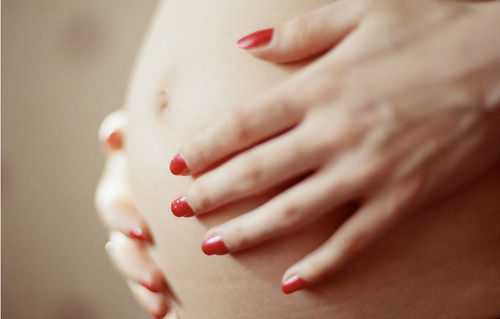
Pregnant women living near the World Trade Center during 9/11 experienced higher-than-normal negative birth outcomes, according to a new working paper by Princeton University’s Woodrow Wilson School of Public and International Affairs.
The study found that these mothers were more likely to give birth prematurely and deliver babies with low birth weights. Their babies — especially baby boys — were also more likely to be admitted to neonatal intensive care units (NICU’s) after birth. The research, led by the Wilson School’s Janet Currie and Hannes Schwandt, was released by the National Bureau of Labor Economics in August.
“Previous research into the health impacts of in utero exposure to the 9/11 dust cloud on birth outcomes has shown little evidence of consistent effects. This is a puzzle given that 9/11 was one of the worst environmental catastrophes to have ever befallen New York City,” said Currie, Henry Putnam Professor of Economics and Public Affairs, director of the economics department and director of the Wilson School’s Center for Health and Wellbeing. “Our work suggests a simple resolution of this puzzle, which is that the women who lived in neighborhoods exposed to the 9/11 dust cloud had very different experiences than women in other parts of New York City.”
The collapse of the two towers created a zone of negative air pressure that pushed millions of tons of dust and smoke into the avenues surrounding the World Trade Center site. Other past studies have shown that environmental exposure to the World Trade Center dust cloud was associated with significant adverse effects on the health of adult community residents and emergency workers.
Using data on all births that were in utero on Sept. 11, 2001 in New York City and comparing those babies to their siblings, the researchers found that, for mothers in their first trimester during 9/11, exposure to this catastrophe more than doubled their chances of delivering a baby prematurely. Of the babies born, boys were more likely to have birth complications and very low birth weights. They were also more likely to be admitted to the NICU.
The neighborhoods most affected by the 9/11 dust cloud included Lower Manhattan, Battery Park City, SoHo, TriBeCa, Civic Center, Little Italy, Chinatown and the Lower East Side. Previous studies analyzing the aftermath of 9/11 on health failed to account for many women living in Lower Manhattan, who were generally less likely to have poor birth outcomes than women living in other neighborhoods.
Meanwhile, other recent research suggests that the number of 9/11-related cancer cases is climbing, with at least 1,646 certified cases documented by Mount Sinai Selikoff Centers for Occupational Health, and an estimated 863 additional cancer cases among both fire and EMS personnel who worked at ground zero. A thorough scientific analysis of available medical data through 2010 showed a 20 percent increase in the rate of cancer cases for 9/11 rescue and recovery workers when compared to the general population, according to Mount Sinai.
Government reports suggest workers at the World Trade Center were exposed to a number of chemicals that were known to be carcinogens, or agents that may cause cancer. Many people who worked at the site are struggling with devastating cancers they may not otherwise have had, had they not responded to the tragedy. That much is clear, according to the U.S. government, which set up a special World Trade Center Health Program.
The program provides medical monitoring and treatment services for 9/11 responders and survivors. Nearly 65,000 people are enrolled. Enrollees are qualified to get health care treatment through several reputable medical centers that keep experts on staff who are qualified to treat and identify illnesses related to the terrorist attacks. The program plans to continue to monitor those workers.
With the new findings on pregnancy complications among women living in the New York City, the research team hopes that medical professionals will be better equipped to meet the needs of women and children affected by the 9/11 attacks.
